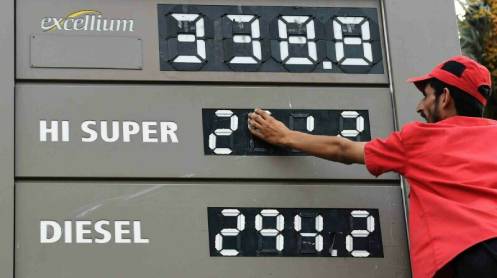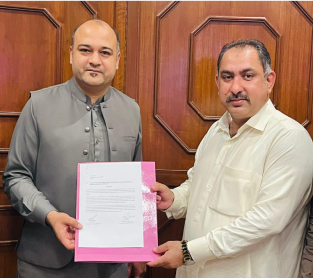Buenos Aires — Argentina’s government expects a pricing incentives program will turn around a slide in natural gas output in the next few years, but LNG imports are poised to rise this year, including via a possible second floating storage and regasification unit (FSRU), Energy Secretary Dario Martinez said.
Producers are investing in [gas] resources,” he said late March 30 in an interview with Telefe Neuquen, a local TV broadcaster. “We want to create a virtuous cycle that guarantees more gas for Argentina and reduces gas imports.”
The secretariat launched the incentives program in December, creating a system of auctions for long-term gas supply contracts with the goal of pre-selling 70 million cu m/d — half of the 140 million cu m/d of average consumption — of supplies each year to distributors and power plants, plus additional amounts during the cold months of May to September. In the first tender, contracts were awarded for supplying 67 million cu m/d at an average of $3.50/MMBtu, while in the second an additional 4.5 million cu m/d was awarded for deliveries during the cold season at about $4.70/MMBtu.
The commitments come after gas output dwindled 21% to 114.5 million cu m/d in February from a most recent peak of 144.4 million cu m/d in July 2019, largely because a decline in prices to less than $2.50/MMBtu in 2020 from $3.50/MMBtu in 2019 made the business less profitable, according to data from the secretariat.
With demand peaking at 180 million cu m/d in the winter, imports likely will increase this year from an average of 19.9 million cu m/d in 2020 to avert shortages as the economy recovers from a slump in 2020. The economy is poised to grow 6.2% this year after an estimated 11% contraction in 2020, according to a late-February survey of economists by Argentina’s central bank.
Martinez said the economic recovery coupled with low hydropower reserves and a decline in available supplies from Bolivia, its biggest source of imported gas, means that Argentina will have to increase its imports of LNG this year, including by hiring a second FSRU.
“This is going to be the most critical winter,” he said, explaining that supplies will be tight because the incentives program has yet to turn around the production slump.
In mid-March, the country ordered 24 cargoes of LNG for delivery this winter to its only FSRU, paying an average of $6.50/MMBtu. Of the cargoes, BP will provide 15, Gunvor another five, Total two and Trafigura and Naturgy one each, according to the secretariat.
Phasing out imports
Going forward, Martinez said he expects the incentives program to drive a production recovery to eventually phase out the imports “once and for all.”
Ezequiel Fernandez Lopez, head of research at Balanz Capital, a financial planner in Buenos Aires, said the incentives program has led to new commitments to step up investment in the drilling of new wells, including in Vaca Muerta, the country’s biggest shale play with potential to make the country a global exporter.
But he warned that production will only rise as long as there is an outlet to sell the new supplies because most of the production is sold locally.
For longer-term growth, Argentina must expand exports to its neighbors and globally, which requires billions of dollars in investments in pipelines and liquefaction capacity. Argentina exported an average of 4.1 million cu m/d in gas in 2020, down from 5.1 million in 2019.
“It’s hard to think of more investment” beyond what is needed to meet domestic demand, Fernandez Lopez told S&P Global Platts.
“The export window is limited” because of the need to replace gas imports and because the cross-border pipelines only have capacity to deliver about 6 million cu m/d to Chile and 4 million cu m/d to Brazil, the analyst added.





